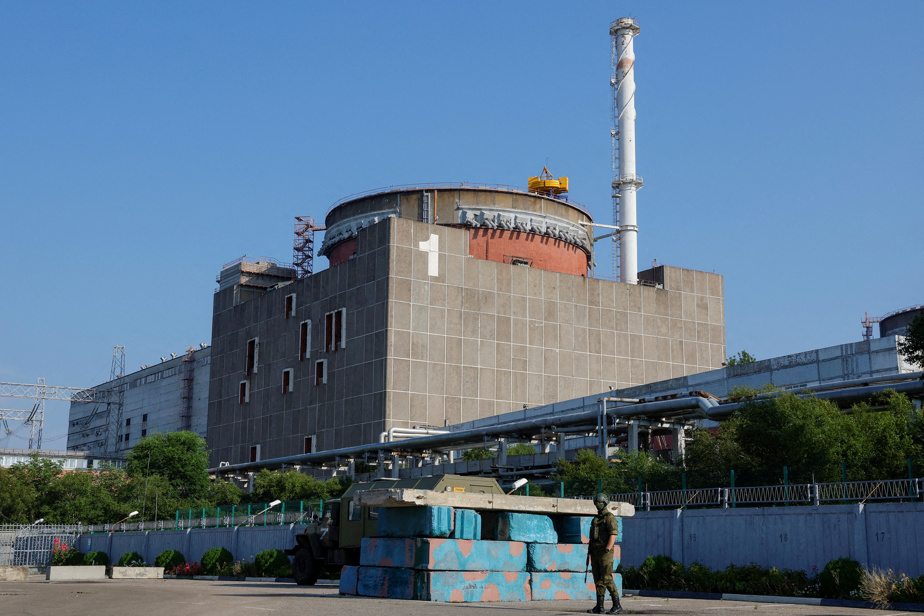(Vienna) The International Atomic Energy Agency (IAEA) has seen “a few anti-personnel mines” in a buffer zone of the Ukrainian nuclear power plant in Zaporizhia (east), occupied by Russian forces, it said on Monday, but which it does not pose a danger to the security of the installations.
“During an inspection on July 23, the IAEA team saw a few mines located in a buffer zone between the inner and outer perimeter fences of the site,” the agency said in a statement.
These explosive charges are in a restricted area prohibited to the personnel in charge of the operation of the plant, she added, without communicating the exact number of mines seen by the members of the agency.
None were seen within the inner perimeter, the organization added.
“The IAEA is aware of past laying of mines outside the perimeter of the site and also in particular locations within [de celui-ci] said the organization’s chief executive Rafael Grossi in the statement.
“The presence of such explosives on the site does not comply with IAEA safety standards and nuclear security guidelines,” said the head of the agency, whose headquarters are in Vienna.

PHOTO JUNG YEON-JE, AGENCE FRANCE-PRESSE ARCHIVES
IAEA Director General Rafael Grossi
According to an assessment by the IAEA, “a detonation of these mines should not affect the safety and security systems of the site”, noted the director general.
The organization also said it had continued its inspections of the perimeter of the plant without identifying any heavy military equipment on the scene.
However, it continues to demand access to the roofs of reactors and turbine halls, explains the IAEA.
Kyiv had accused Moscow in early July of preparing a “provocation”, the army claiming that “objects similar to explosive devices had been placed” on the roofs of reactors 3 and 4.
The Kremlin had warned for its part of a possible Ukrainian “subversive act” with “catastrophic consequences”.
Faced with these mutual accusations, the IAEA had demanded better access in order to “verify the facts on the ground”, in an “independent and objective” manner.
Falling into the hands of the Russian army on March 4, 2022, the largest power plant in Europe has been targeted by fire and has been cut off from the electricity network on several occasions, a precarious situation which raises fears of a major nuclear accident.
